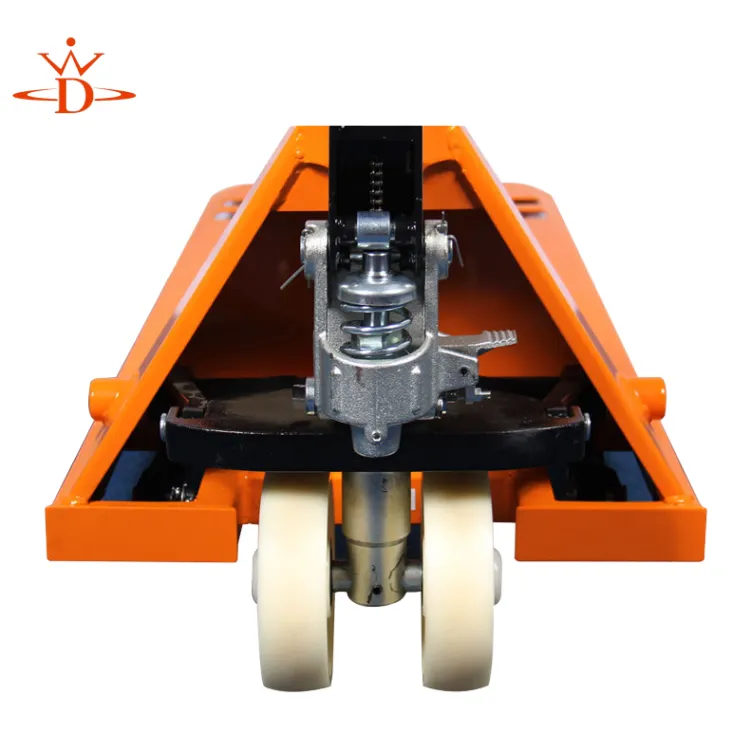Components of Gantry Crane and Their Functions for Efficient Operation
Gantry Crane Components Understanding Their Role in Lifting Operations
Gantry cranes are an integral part of many industrial operations, providing the necessary support for heavy lifting tasks in warehouses, shipyards, and construction sites. Unlike traditional overhead cranes that move along beams, gantry cranes consist of a bridge supported by two or more legs, which can travel along the ground. This design allows for greater versatility and mobility. In this article, we will explore the various components of gantry cranes and their importance in enhancing efficiency and safety during lifting operations.
1. Bridge
The bridge is the primary structure of a gantry crane that spans the space between the legs. Typically made of steel, the bridge carries the load and provides stability during operations. Its design can vary significantly based on the weight capacity and operational requirements of the crane. The bridge is generally equipped with horizontal beams, which can be reinforced for added durability, allowing it to withstand the dynamic forces encountered during lifting.
2. Legs
The legs of a gantry crane are often equipped with wheels or casters, enabling them to move along tracks or on flat surfaces. These vertical supports transfer the load from the bridge to the ground. Depending on the design, gantry crane legs may be adjustable or fixed. Adjustable legs are particularly beneficial for accommodating loads of varying heights or for navigating different terrains.
3. Hoisting Mechanism
At the heart of the gantry crane’s operation is its hoisting mechanism, which is responsible for lifting and lowering loads. This mechanism typically consists of a hoist, which can be electric or manual. Electric hoists are preferred in most industrial applications for their efficiency and reduced physical strain on operators. The hoisting mechanism is connected to the bridge and can move horizontally along the bridge, allowing for precise positioning of heavy materials.
4. Trolley
The trolley is a vital component that travels along the bridge. It carries the hoisting mechanism and allows for lateral movement of the load. Trolleys can be manually operated or powered, with powered trolleys providing smoother and faster movements. The choice between manual and powered trolleys depends on factors such as the frequency of use, load weights, and operator preference.
komponen gantry crane

5
. Control SystemsModern gantry cranes are equipped with sophisticated control systems that enhance their functionality. These systems typically include manually operated controls as well as remote controls that provide operators the flexibility to manage lifting operations from a safe distance. Advanced models may also feature programmable logic controllers (PLCs) and integrated safety features, such as overload protection and emergency stop systems, further ensuring safe operation.
6. Safety Features
Safety should always be a priority in heavy lifting operations. Gantry cranes are designed with several safety features to minimize risks. Common safety mechanisms include limit switches to prevent over-travel of the hoisting mechanism, safety latches to secure loads, and emergency stop buttons for quick intervention during emergencies. Regular maintenance and inspection of these safety features are crucial in preventing accidents and enhancing the overall longevity of the equipment.
7. Material and Construction
The materials used to construct gantry cranes significantly influence their performance and durability. Structural steel is the most common material due to its high strength-to-weight ratio. However, manufacturers may also use aluminum or composite materials for lighter, portable designs that can be easily moved or assembled. The choice of material will inherently affect the crane's lifting capacity, mobility, and stability.
Conclusion
Understanding the components of gantry cranes is essential for professionals involved in heavy lifting operations. Each element, from the bridge and legs to the hoisting mechanism and safety features, plays a critical role in ensuring efficient and safe operation. By recognizing the importance of these components, operators and engineers can make informed choices about the design, maintenance, and operation of gantry cranes, ultimately enhancing productivity in various industrial settings.
In summary, gantry cranes are more than just machines; they are complex systems that require careful consideration and understanding. By ensuring that all components function effectively, industries can leverage gantry cranes to their fullest potential, paving the way for safer and more efficient lifting operations.
-
Unlock Seamless Relocation with Our Heavy Equipment Moving ExpertiseNewsJun.06,2025
-
Unleash Unrivaled Flexibility with Our Adjustable Gantry CraneNewsJun.06,2025
-
Unleash Heavy-Duty Efficiency with Our Industrial Gantry Crane SolutionsNewsJun.06,2025
-
Revolutionize Steel Handling with Our Magnetic Lifter RangeNewsJun.06,2025
-
Master Equipment Mobility with Premium Machinery Mover SolutionsNewsJun.06,2025
-
Elevate Your Material Handling with Magnetic Lifter TechnologyNewsJun.06,2025
-
YS Permanent Lifting Magnets: The Smarter Way to Handle SteelNewsMay.22,2025
